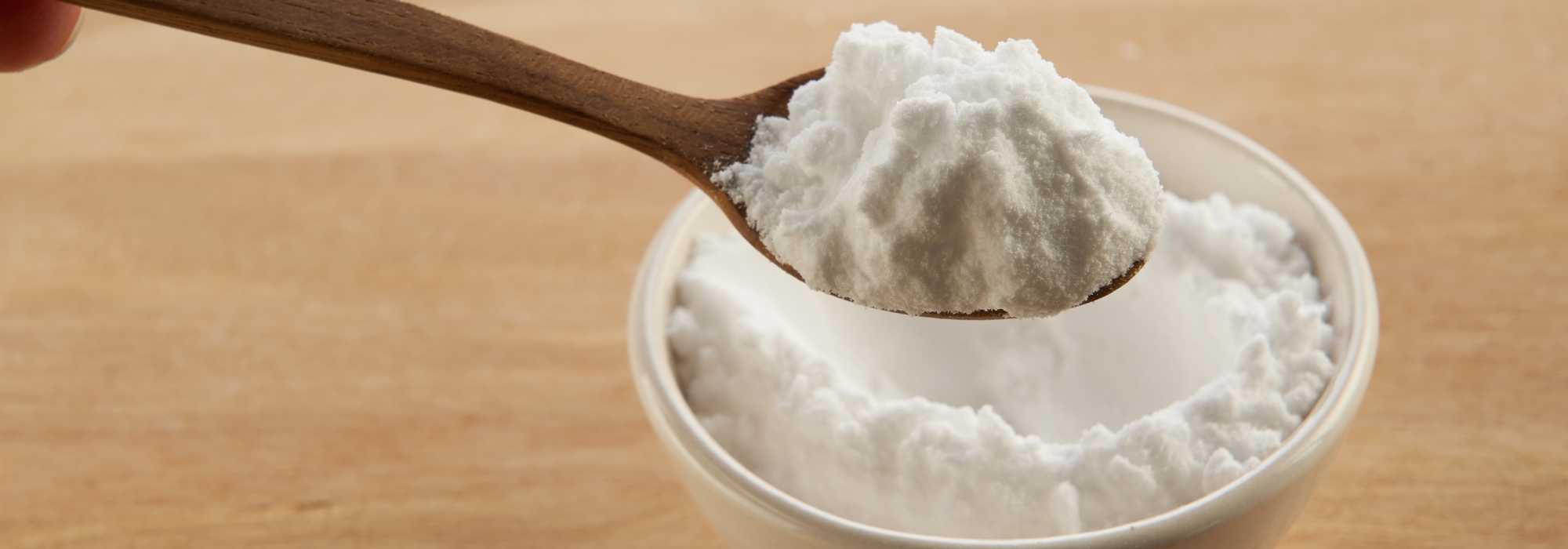
How to use sodium bicarbonate in the garden?
Tips and advice for using this natural product effectively
Contents
Bicarbonate of soda belongs to that category of products widely used by our grandmothers and which are gaining popularity today in eco-friendly practices. It must be said that bicarbonate of soda presents itself as a natural, ecological and economical alternative to chemical products. Above all, it’s a multi-purpose product, effective for household and laundry care, personal hygiene and even cooking. But did you know that it also deserves a place in the gardener’s arsenal for cultivating and caring for their garden while respecting the environment?
Discover the various uses of bicarbonate of soda in the garden, when used sensibly, and above all the few precautions to take to avoid mistakes.
What exactly is baking soda?
Without delving into overly scientific explanations, it’s important to know that baking soda and sodium bicarbonate refer to exactly the same product: a white, odourless powder soluble in water. This term describes a natural compound with the formula NaHCO3. It occurs naturally in certain mineral deposits, particularly as nahcolite, a mineral found in sedimentary formations. It is also chemically produced by mixing salt (sodium chloride) and chalk (limestone). Bicarbonate is therefore an alkaline salt with a basic pH (around 8.3).
It is a completely natural and traditional product, biodegradable, and harmless to nature, humans, and animals. In commerce, you may find different names, with domestic baking soda, intended for cooking, hygiene, or beauty, being purer and of higher quality.
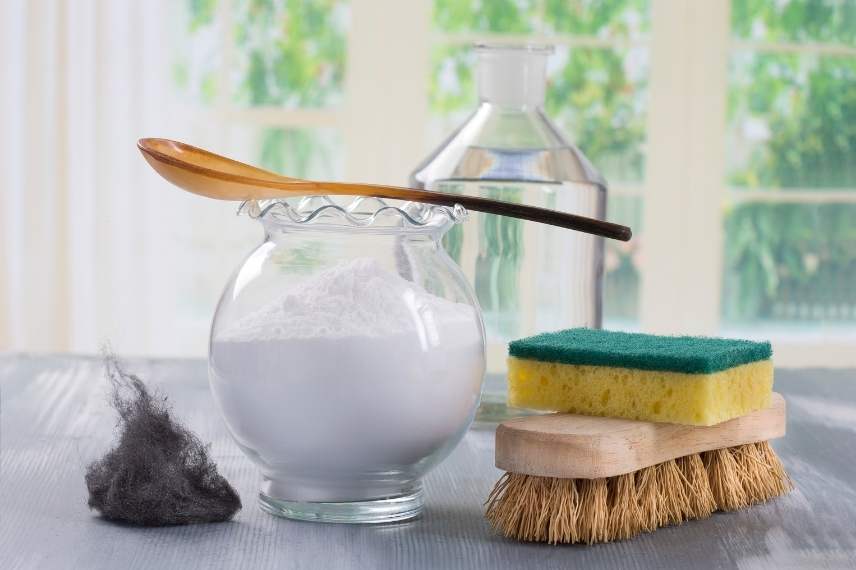
Baking soda is widely known for its domestic uses
Sodium bicarbonate can be used in the garden, not just for cleaning tools but also as a natural fungicidal, repellent, weedkiller, or for its effect on acidic soil. Moreover, it has been approved since 2019 for organic farming.
Baking soda should not be confused with sodium percarbonate or washing soda, which are also natural products but have different uses.
Using baking soda as a natural fungicidal treatment
Baking soda can be a garden ally in combating certain fungal diseases, both preventively and curatively. However, it is not a miracle product, and in cases of severe infestation or persistent humidity, its effectiveness may be limited. It can nonetheless halt or reduce the symptoms of cryptogamic diseases.
Combating cryptogamic diseases
Baking soda is primarily a more eco-friendly alternative to Bordeaux mixture, which, while effective and permitted in organic farming, can have harmful effects on soil and water due to its copper concentration.
This sodium bicarbonate has a broad spectrum of action. Both preventively and curatively, it can work against various fungal diseases, starting with powdery mildew and blight, but also rust, scab, black spot on roses, and peach leaf curl. That said, it is not a foolproof solution, and it’s best used in combination with other natural treatments like nettle manure or horsetail decoction.
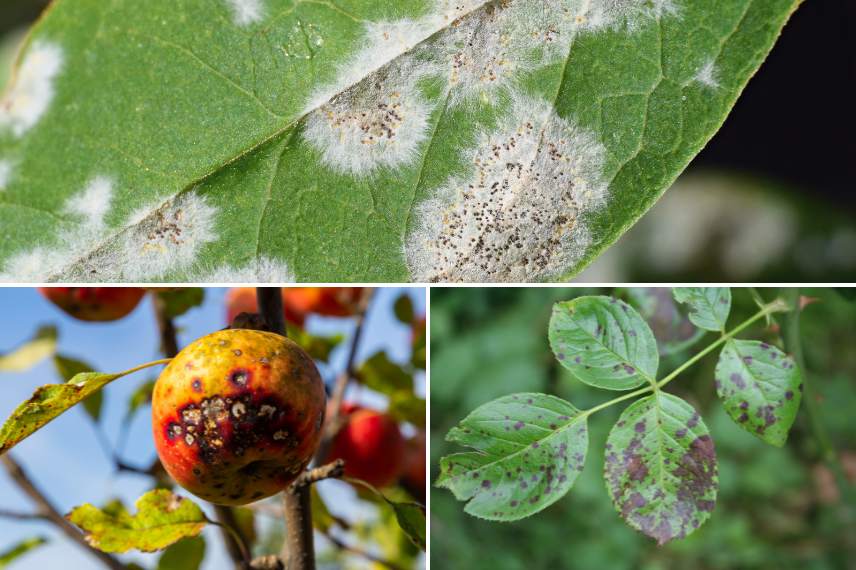
Baking soda can be used preventively against fungal diseases like powdery mildew, scab, and black spot on roses.
Thanks to its alkaline pH, baking soda can increase the pH on plant leaves, thereby preventing disease spread, reducing infection severity by drying out certain leaf parts, and removing excess moisture.
How to use it preventively?
Simply dissolve one teaspoon (about 5g) of baking soda in one litre of water, then add one teaspoon of black soap. Spray directly onto plants, avoiding flowers. Repeat every two weeks for two months, and after each rainfall (preferably in the morning or evening if applied on sunny days).
How to use it curatively?
Apply the same dosage after removing the plant parts affected by the fungal disease.
Generally, baking soda is used from March-April to September-October.
Against damping-off
Damping-off, often caused by soil fungi like Pythium, Rhizoctonia, or Fusarium, can wipe out young seedlings in hours. Like charcoal, baking soda, with its mild antifungal properties, can be used preventively to limit the growth of these pathogenous organisms.
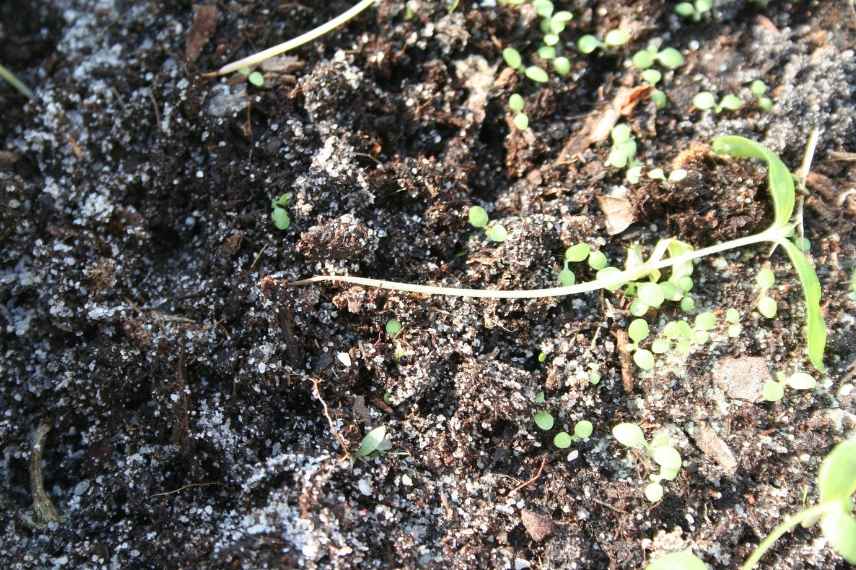
Baking soda is effective against damping-off
In a highly diluted solution (e.g., 1 teaspoon per litre of water), it can be sprayed onto the medium or used to lightly water seedlings when the first leaves appear.
It works by locally altering surface pH, making the medium less favourable for fungal proliferation. However, this method remains complementary: good ventilation, moderate watering, and a healthy medium are still key to effective prevention.
Bicarbonate of soda as a weedkiller
Are weeds making your life difficult, especially in the hardest-to-reach spots? Sodium bicarbonate can help! Indeed, it is considered an excellent weedkiller for gravel paths, garden slabs, block paving, patios or courtyards. It can eliminate adventive plants for the season, as well as mosses and lichens. And all without any toxicity to the soil or animals, whether wild or domestic.
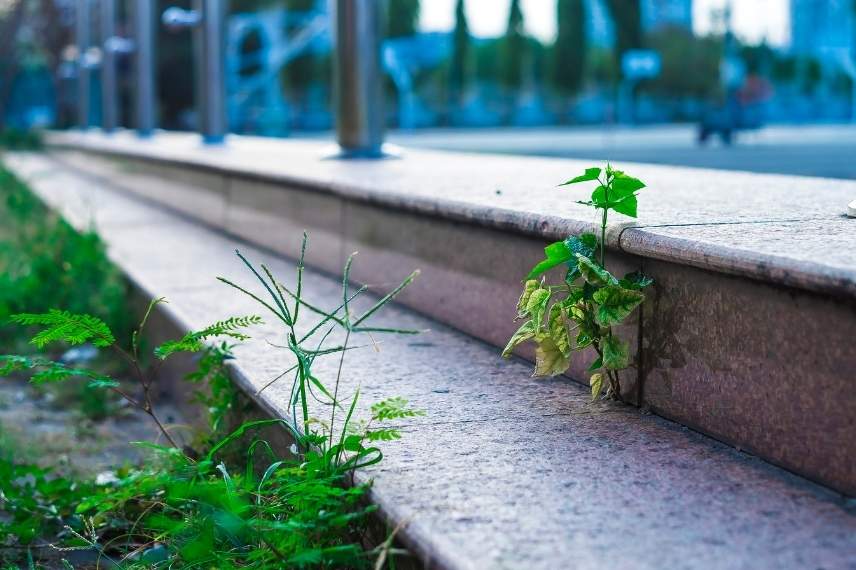
Baking soda proves effective for weeding patios, paths, paving stones…
How to use sodium bicarbonate to combat weeds?
You have two options: either sprinkle the bicarbonate directly onto the area to be treated, or dissolve 3 to 4 tablespoons of bicarbonate in a litre of boiling water, then spray it. To enhance the effectiveness of this natural weedkiller, you can mix one part baking soda with two parts white vinegar. The mixture will fizz for a few minutes. Afterwards, it can be sprayed.
It’s important to apply on a day with light rain, preferably in the morning. The moisture will help dissolve the bicarbonate grains, but heavy rain could leach it away. Bicarbonate works best on young shoots, so apply in spring when adventive plants are emerging. The treatment should be repeated several times.
An action on soil acidity
To determine the nature of your soil, you can use white vinegar and sodium bicarbonate. White vinegar reacts upon contact with a calcareous soil, and bicarbonate helps distinguish between a neutral soil and an acidic soil. Simply take a soil sample and moisten it to turn it into mud. Then, pour a little bicarbonate on top: if bubbles form, the soil is acidic with a pH below 6.5. If nothing happens, the soil is neutral or alkaline (calcareous).
Once you’ve confirmed the soil’s acidity, baking soda can prove useful once again. Indeed, baking soda, as an alkaline salt, has the ability to neutralise soil acidity thanks to its slightly basic pH. When introduced in small quantities, it can temporarily correct excess acidity by acting as a buffer: it limits sudden pH fluctuations, which can benefit certain sensitive crops. You can sprinkle or mix a few handfuls into the soil.
However, its effect is punctual and superficial: unlike agricultural lime (calcium carbonate), bicarbonate does not penetrate deeply into the soil, nor does it act in the long term.
Repeated or excessive use can disrupt the soil’s biological balance, particularly by affecting microbial activity or the availability of certain nutrients (such as iron or manganese). It is therefore recommended to use it sparingly and more as a supplementary treatment rather than a primary amendment.
A repellent against pest insects?
Some gardeners attribute pest-repellent properties to bicarbonate of soda against harmful insects such as aphids, scale insects, red spider mites or whiteflies, all of which are sap-sucking piercing insects. In this case, bicarbonate of soda acts as an insect repellent – it doesn’t kill but deters and drives away pests. Again, this remedy isn’t miraculous, but it can be tried without secondary effects to test its effectiveness.
How to use bicarbonate of soda to repel pests?
First, dilute one teaspoon of bicarbonate in three tablespoons of vegetable oil, then mix six teaspoons of this blend into one litre of water. Simply spray onto foliage, avoiding the flowers. Repeat this treatment every 3 weeks.
For slugs and snails, sprinkle bicarbonate of soda powder directly around vulnerable plants.
- Subscribe!
- Contents
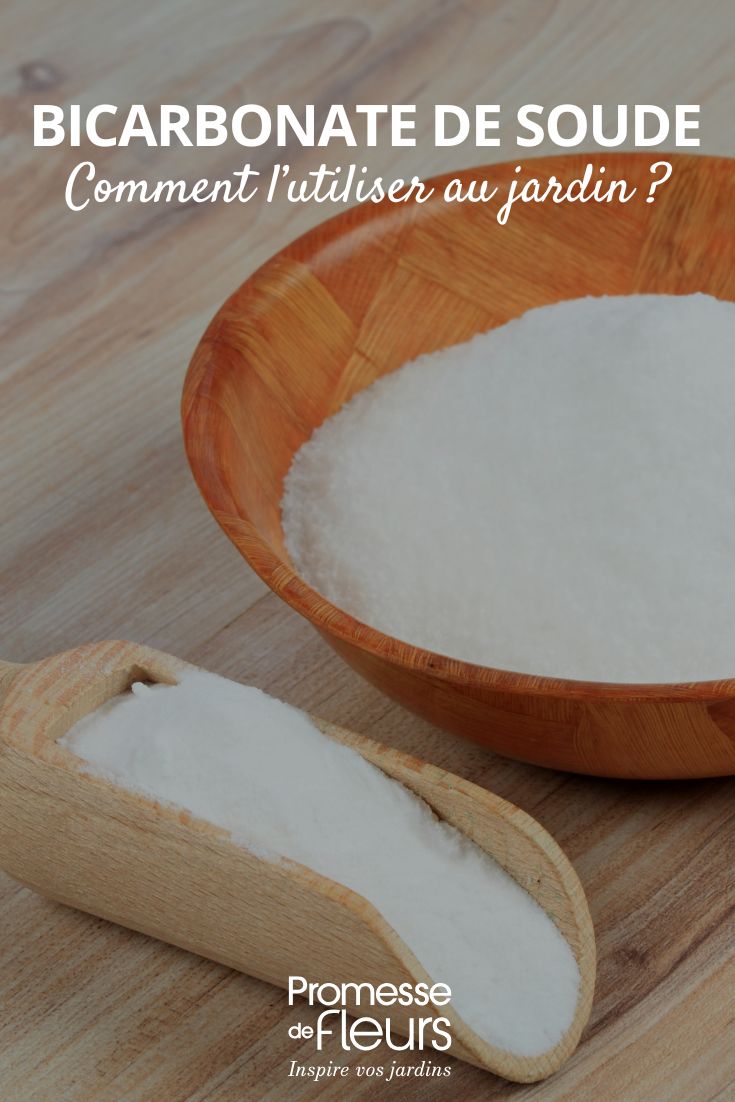































Comments